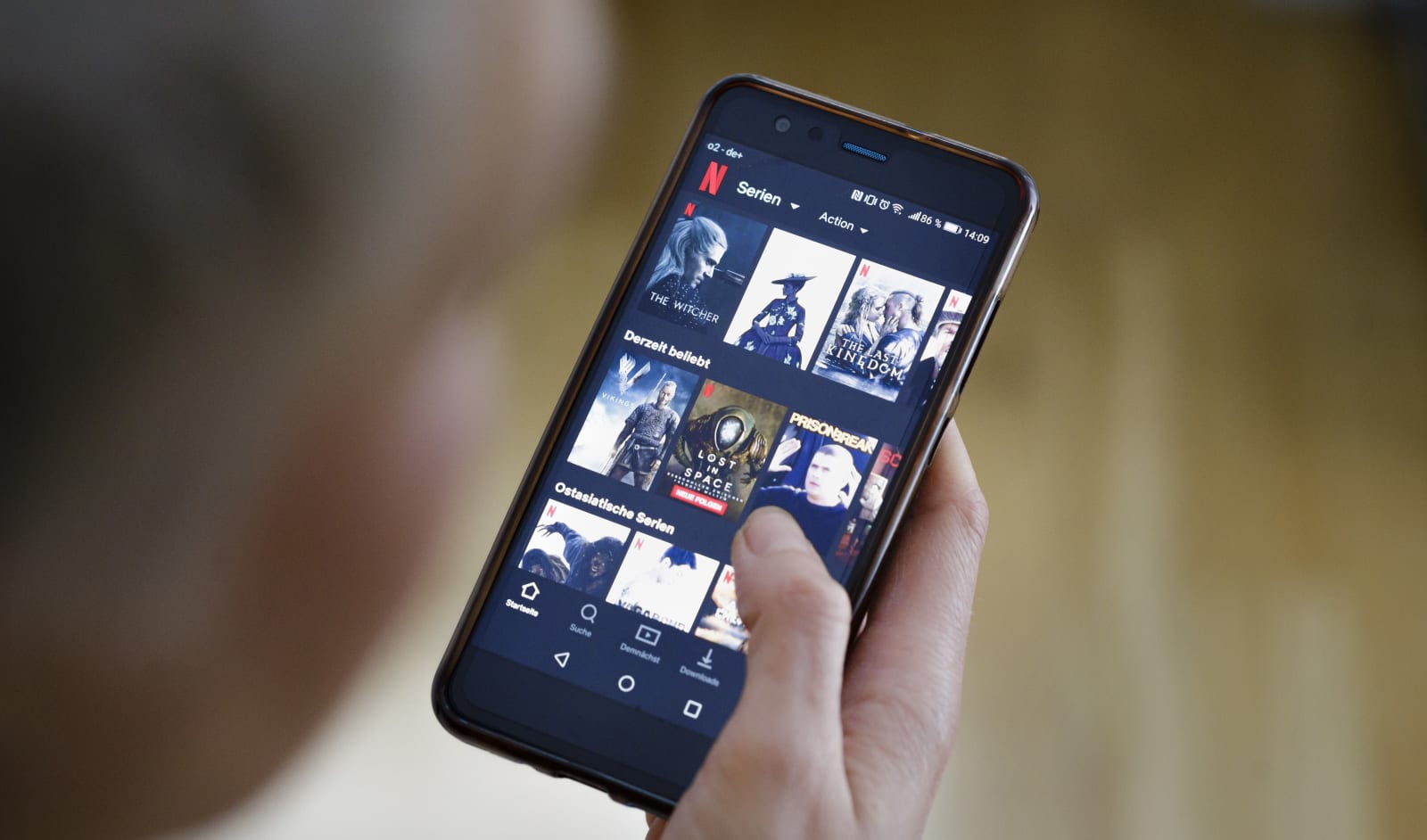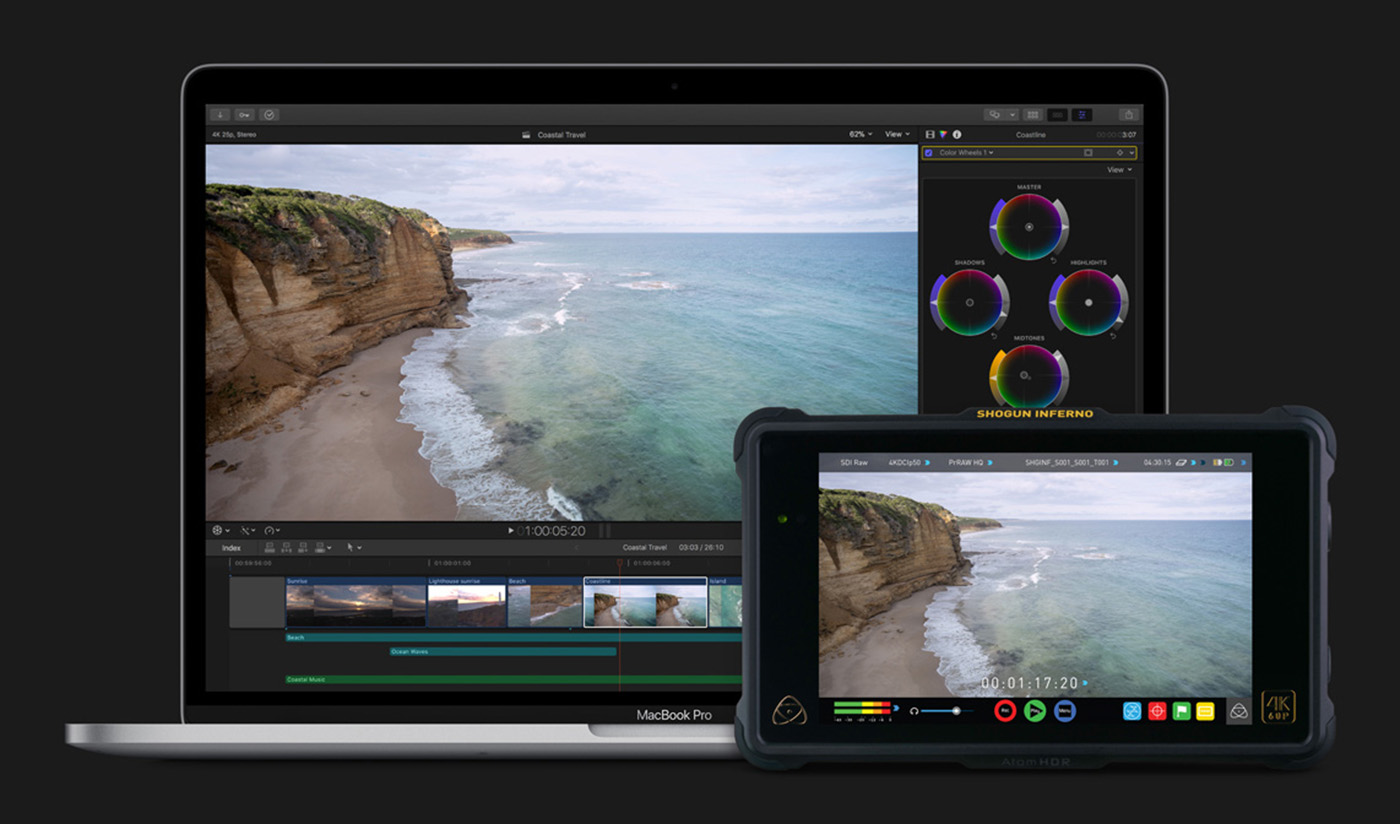Tag Archives: codec
Apple brings ProRes RAW support to Windows video editors
 Thanks to a combination of more affordable cinema cameras and increasingly powerful software, professional video producers are able to net some impressive results. One major part of the equation for achieving high-quality footage is shooting in a RAW...
Thanks to a combination of more affordable cinema cameras and increasingly powerful software, professional video producers are able to net some impressive results. One major part of the equation for achieving high-quality footage is shooting in a RAW...
Netflix switches to the AV1 codec for data-saving streams on Android
 Way back in 2015 Netflix announced it would team up with Amazon, Google, Intel and other companies to develop a royalty-free codecs that worked well on modern devices. Two years ago they revealed the fruits of their labor as the AV1 codec, that promi...
Way back in 2015 Netflix announced it would team up with Amazon, Google, Intel and other companies to develop a royalty-free codecs that worked well on modern devices. Two years ago they revealed the fruits of their labor as the AV1 codec, that promi...
Blackmagic’s RAW video codec marries quality and speed
 Following in the footsteps of Apple's ProRes RAW, Blackmagic Design has launched its own RAW video codec into a public beta. Blackmagic RAW "combines the quality and benefits of RAW with the ease of use, speed and file sizes of traditional video form...
Following in the footsteps of Apple's ProRes RAW, Blackmagic Design has launched its own RAW video codec into a public beta. Blackmagic RAW "combines the quality and benefits of RAW with the ease of use, speed and file sizes of traditional video form...
aptX Adaptive Bluetooth audio delivers low latency and high quality
 As headphone jacks continue to disappear, wireless options for audio are becoming more important than ever. In 2015, Qualcomm acquired the aptX codec for Bluetooth audio connections, and currently offers technology as a pair of extended flavors: aptX...
As headphone jacks continue to disappear, wireless options for audio are becoming more important than ever. In 2015, Qualcomm acquired the aptX codec for Bluetooth audio connections, and currently offers technology as a pair of extended flavors: aptX...
Apple brings RAW video editing to the masses with new FCP X update
 Apple has unveiled a new video recording codec called ProRes RAW, a move that instantly makes the high-quality format more mainstream. The feature arrived with the latest version of Final Cut Pro (10.4.1), and Apple said that creators will be able to...
Apple has unveiled a new video recording codec called ProRes RAW, a move that instantly makes the high-quality format more mainstream. The feature arrived with the latest version of Final Cut Pro (10.4.1), and Apple said that creators will be able to...
Apple joins group pushing for efficient mobile video
 As streaming video becomes more ubiquitous on all every platform, it's even more important that we get some sort of standard for scalability across devices and bandwidth. The Alliance for Open Media is an open-source project that has engaged a ton of...
As streaming video becomes more ubiquitous on all every platform, it's even more important that we get some sort of standard for scalability across devices and bandwidth. The Alliance for Open Media is an open-source project that has engaged a ton of...
Sony announces Long GOP 4K codec for pros, XAVC-S for consumers
If you were chomping at the bit to create content for the oncoming 4K revolution, Sony has just announced a couple of enhancements to its XAVC video format to help you on your way. Long GOP is a high-efficiency codec designed to meet the requirements of the professional market, while XAVC-S is aimed squarely at consumers with its MP4 wrapping. Of course, both codecs should play nice with Sony's series of CineAlta cameras (the PMW-F5 is pictured above), which is set to reach over 2,000 units shipped by the end of the month. Sony's not the only one making XAVC-compatible devices however; over 60 manufacturers have applied for XAVC licenses while 31 others have pledged to support it in their products. Seeing as 4K hardware is finally dipping into affordability, we can't fault Sony for getting the ball rolling, at least from the creation side of things.
Via: Far East Gizmos
Source: XAVC
Nokia accuses Google of ‘forcing’ VP8 video codec on the world, uses patent system to resist it
Just when Google thought everything was going swell with its open source VP8 video standard for the web, up pops one last hurdle. And it's a big one: Nokia has suddenly decided to use the patent system to try to prevent VP8 from being adopted as a free (or at least free-er) alternative to the license-laden H.264. Why would it do such a thing? Because, according to a statement given to FOSS Patents, the Finnish manufacturer believes VP8 isn't truly open. It describes the codec as a "proprietary technology" that offers "no advantages" over H.264 and that Google is "attempting to force" on others as part of its WebM project. What's more, Nokia claims VP8 infringes on its own intellectual property and says it isn't prepared to license any patents that may be required to let VP8 flourish. Oh dear. This problem may now need even more money thrown at it.
Filed under: Internet, Software, Mobile, Nokia, Google
Via: The Register
Source: FOSS Patents
Google and MPEG LA settle up, free VP8 video codec for the world wide web
The longstanding disagreement between Google and MPEG LA is finally over, as the two parties have reached a licensing agreement for several patents covering video compression. As a quick refresher, MPEG LA owns the technology behind h.264, the current king of video codecs. Meanwhile, Google's own VP8 video codec is a part of its WebM standard, but MPEG LA cried foul, claiming that Google's technology was infringing. Apparently, the companies found common ground, and with the settlement in place, WebM is free from patent encumbrances and video producers can do what they do without fear of legal retribution.
Via: Phoronix


